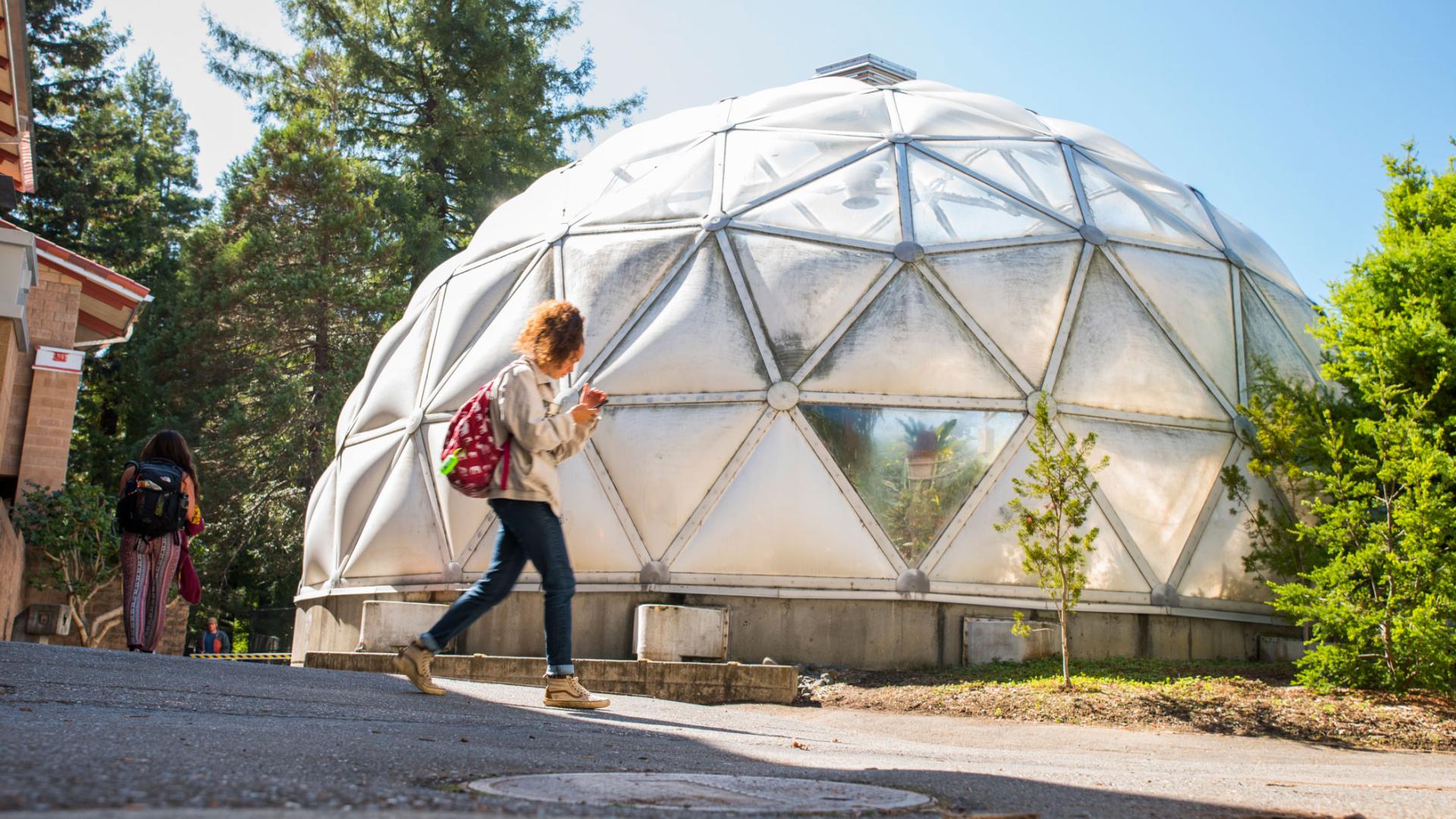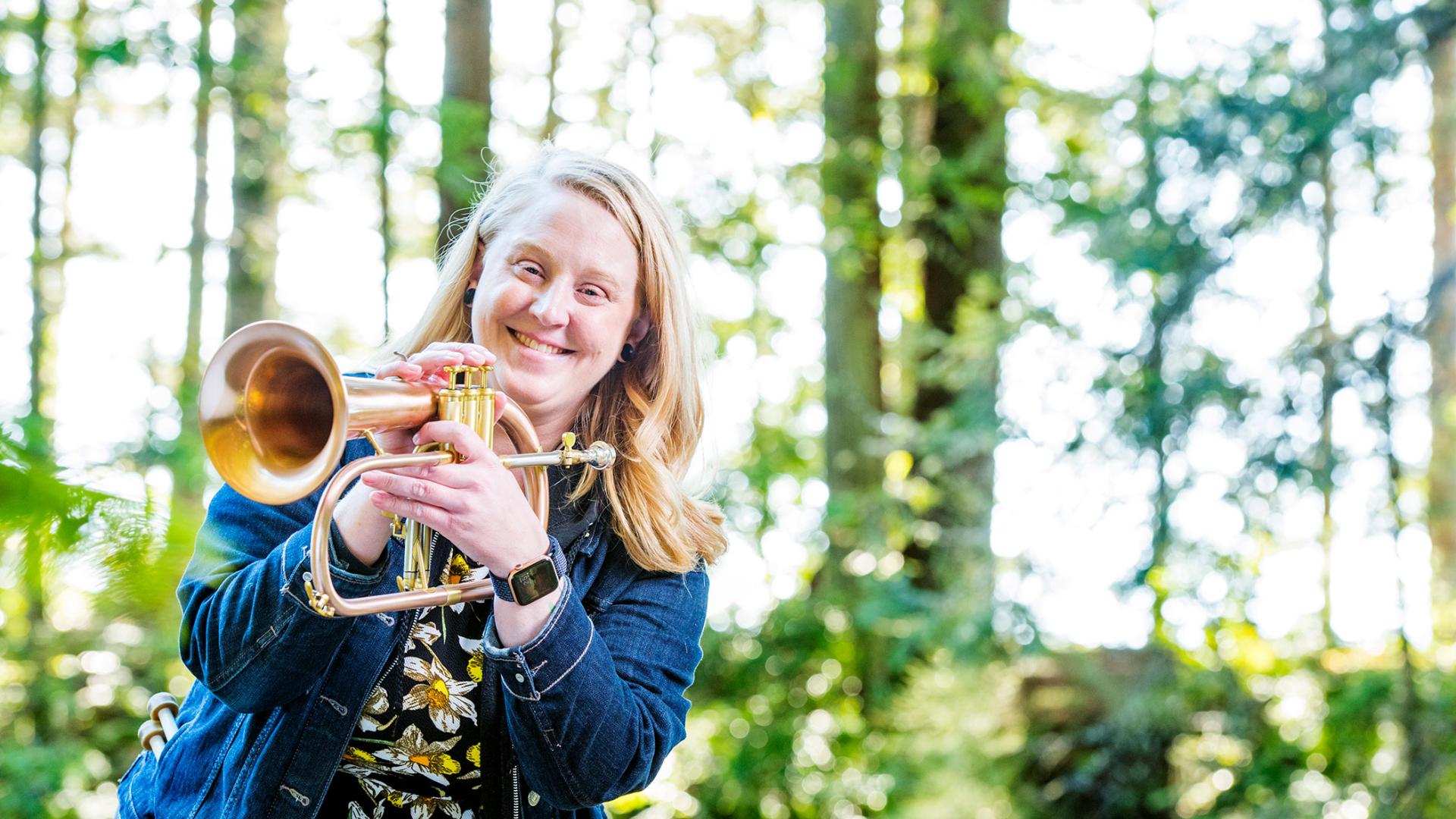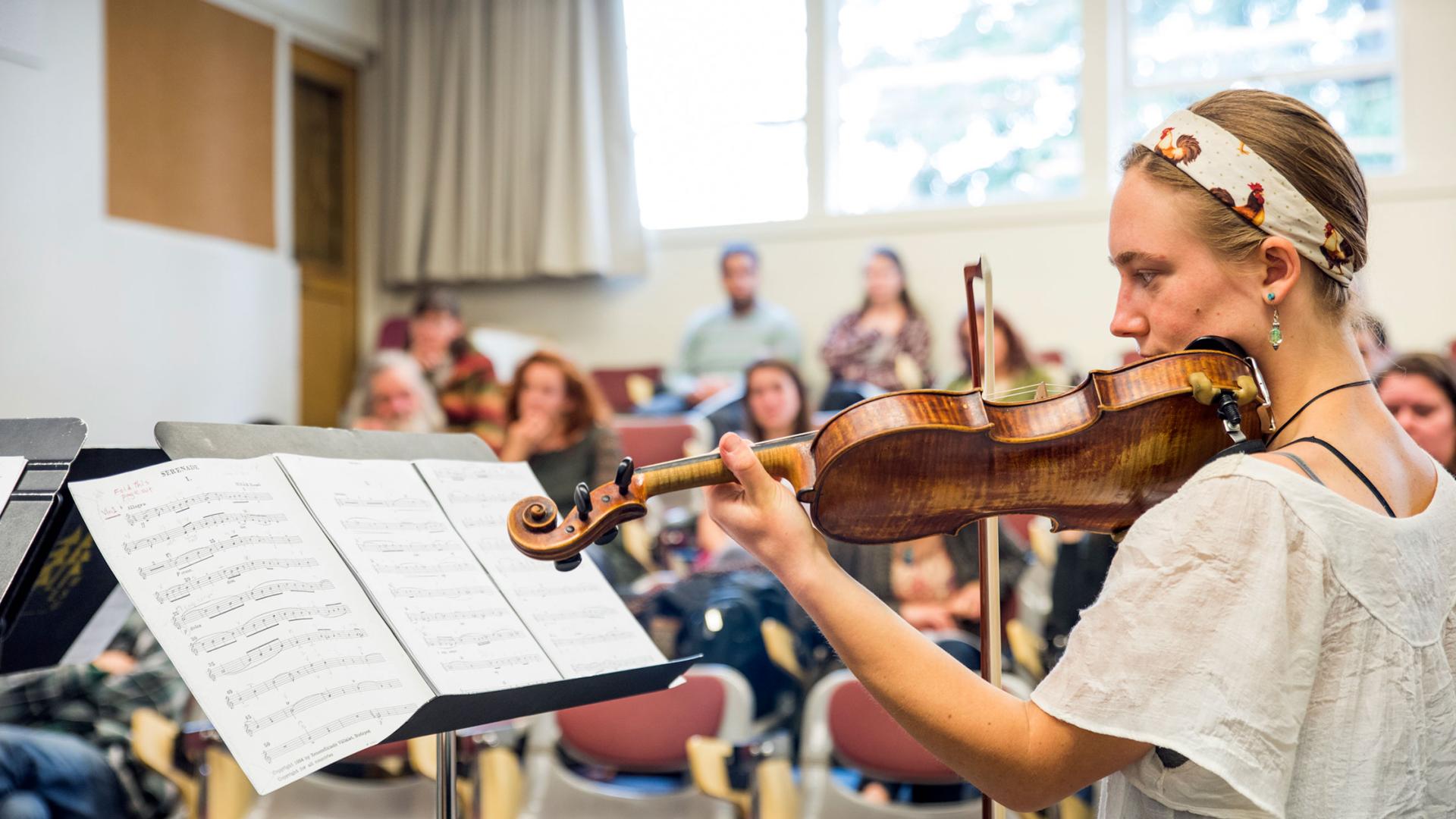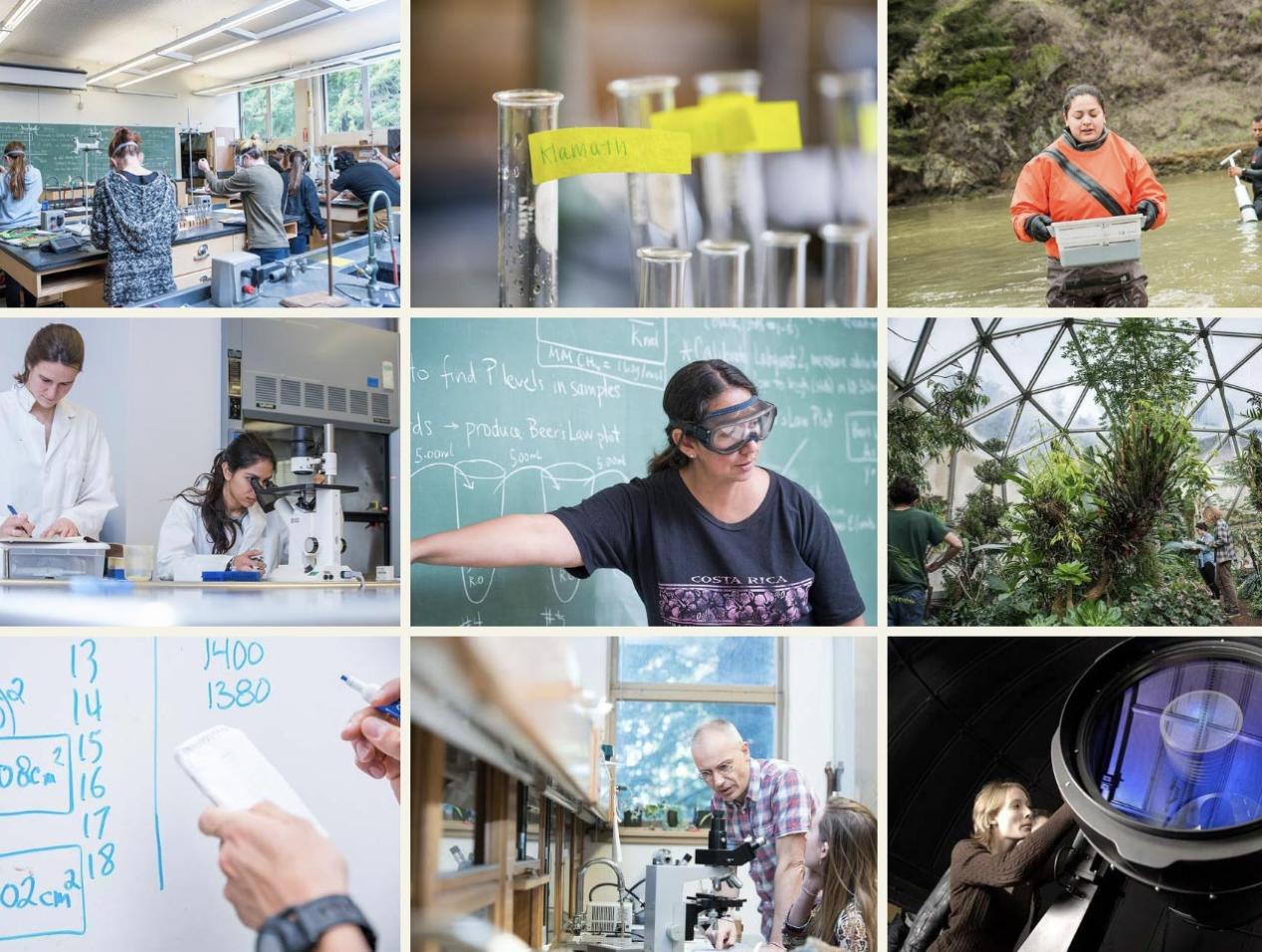Breadcrumb
Achievements
Find out what our students, faculty, and staff are being recognized for.
Tommy Dachauer, Derek Tremaine, Carter Daniel, and Nicholas Verhey
Forestry, Fire & Rangeland Management
Four Soil Science students from Cal Poly Humboldt—Tommy Dachauer, Derek Tremaine, Carter Daniel, and Nicholas Verhey—demonstrated their skills at the Region 6 Soil Judging Competition held in Albuquerque, New Mexico. Competing against teams from across the region, the Cal Poly Humboldt team achieved an impressive third-place finish in the team category. Individually, Nick Verhey stood out, securing 7th place among 40 competitors. Their success highlights the dedication and expertise of Cal Poly Humboldt's Soil Science program in preparing students for the field.
Andrew Kinzier
Fisheries Biology
David K Jacobs, Andrew Kinziger, Mira Abrecht, W Tyler McCraney, Benjamin A Hà, Brenton T Spies, Elizabeth Heath-Heckman, Mohan P A Marimuhtu, Oanh Nguyen, Colin W Fairbairn, William E Seligmann, Merly Escalona, Courtney Miller, H Bradley Shaffer, Reference genome for the endangered, genetically subdivided, northern tidewater goby, Eucyclogobius newberryi, Journal of Heredity, 2024;, esae053, https://doi.org/10.1093/jhered/esae053
Silvia Pavan and Pedro Peloso
Biological Sciences
Drs. Silvia Pavan and Pedro Peloso received a National Science Foundation grant to study the origin and evolutionary history of vertebrates inhabiting different landscapes on Marajó Island, the world's largest fluvial island, in eastern Amazonia. The project will involve field sampling on the island, and the acquisition of genomic data for samples from across mainland eastern Amazonia basin. Data will also be gathered from historical material available at natural history museums. Study findings will elucidate how and when vertebrate species colonized the Marajó island from the mainland, and how their populations are currently structured among different landscapes within the island.
Kai Zhu, Yiluan Song, Josephine Lesage, Justin Luong, James Bartolome, et al.
Forestry, Fire & Rangeland Management
Justin Luong (FFRM) and colleagues recently published in Nature Ecology and Evolution on the how California grasslands are experiencing rapid shifts in response to climate change, resulting in plant communities that are more thermophillic, or adapted to warmer conditions. Understanding these plant community shifts to climate tolerances can help inform invasive species and conservation management. A link to the manuscript is here.
Fisheries Biology - students and faculty
Fisheries Biology
Sixteen students and faculty from Cal Poly Humboldt's Fisheries Biology Department attended the American Fisheries Society meeting in Honolulu, Hawaii, joining over 2,000 global participants to share research and build collaborations. Humboldt representatives delivered ten presentations and chaired a symposium on integrating Traditional Ecological Knowledge with genomic approaches in fisheries conservation. The department also hosted a gathering for alumni, faculty, and friends to reconnect and celebrate shared achievements. Travel and registration costs were primarily funded through grants, illustrating the professional development opportunities available to students through active research and involvement in major scientific events. Learn more
Jordyn Neal, Sam Rodrigues, Allison Bronson
Biological Sciences
Recent Marine Biology alumni Jordyn Neal and Sam Rodrigues, with help from Assistant Professor Allison Bronson, co-authored a paper on the inner ear anatomy of sharks, published in the journal The Anatomical Record. Jordyn and Sam reconstructed the inner ear spaces within shark skulls using the on-campus CT scanning facility. This work, especially in the context of relatively sparse prior studies on these structures, serves as a strong baseline for future comparative anatomy research on the hearing and equilibrium apparatus of cartilaginous fishes.
Pascal BIWOLE
School of Engineering
A recent publication in the first-quartile (Q1) journal "Energy and Buildings": https://www.sciencedirect.com/science/article/pii/S0378778824008235
Dino Santia, Kerry Byrne
Forestry, Fire & Rangeland Management
RRS undergraduate Dino Santia was awarded a $3,750 research award over this past summer to support his ongoing independent research project in Kerry Byrne's lab, entitled "Seed Bank Emergence Study."
Dino Santia, Kerry Byrne
Forestry, Fire & Rangeland Management
RRS undergraduate Dino Santia has been awarded an $8,000 NEXTGEN research fellowship from the Agricultural Research Institute to support his independent research project in the Byrne Lab (ESM Dept), entitled "Seed bank Emergence Study."
Jesse Laine, Kerry Byrne
Environmental Science & Management
Natural Resources graduate student Jesse Laine (ESM option) has been awarded a $25,000 NEXTGEN research fellowship from the Agricultural Research Institute to support his proposed study entitled "Insect biodiversity in a restored coastal grassland." Jesse is a first-year graduate student in Kerry Byrne's lab.






